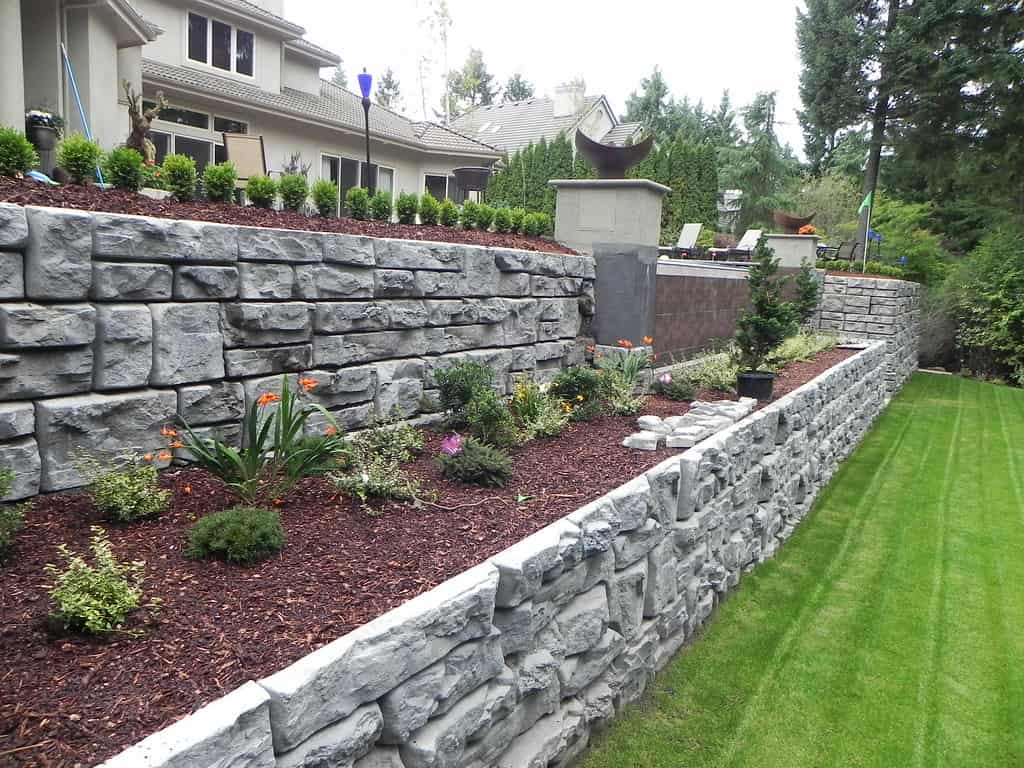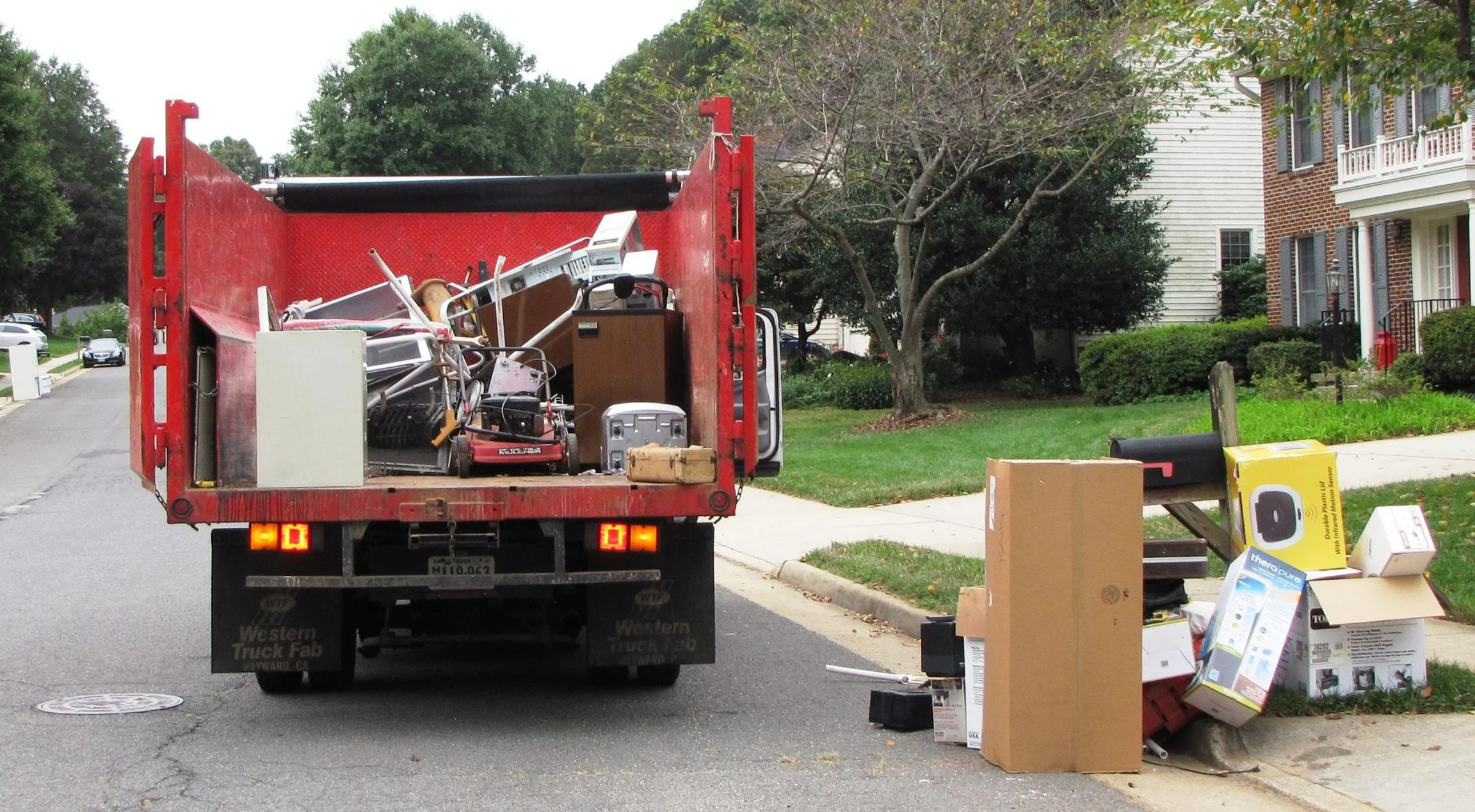Destruction is usually a necessary first step in the urban renewal and redevelopment initiatives, which help to shape cities’ futures. The demolition opens the way for new structures, infrastructure, and facilities, hence offering chances to update and regenerate metropolitan areas. It helps to clear out obsolete, dangerous, or inefficient buildings so more sustainable, useful, and attractive projects can be built to support the general expansion of a city. The function of demolition in urban redevelopment initiatives is progressively more crucial as cities change.
Clearing the Path for New Developments
The demolition in urban regeneration initiatives serves mainly to make way for new developments. Old buildings and structures can be dangerous and might not satisfy modern urban living needs or current construction requirements. Developers who tear down existing buildings provide chances to bring new ones more in line with the requirements of the community, including commercial properties, office spaces, and residential complexes. Maintaining the economic growth of cities and enhancing the general quality of life for inhabitants depend on this process.
Supporting Infrastructure Improvements
It is not just for residential and commercial structures; it also helps urban redevelopment by enabling required infrastructure changes. Often, to guarantee the city stays functional and effective, old or crumbling infrastructure—roads, bridges, or utilities, among others—must be destroyed and replaced. Removing these obsolete infrastructures lets urban planners bring in more sophisticated systems better fit to meet the rising needs of a contemporary metropolis. It guarantees that redevelopment initiatives serve to provide a better living environment for city residents by removing environmental risks, including asbestos or polluted materials.
Revitalizing Communities and Enhancing Aesthetic Appeal
Projects of urban redevelopment involving destruction can greatly improve the visual appeal of a community. Many older structures, especially in historic areas, may not mirror the modern design or architectural tastes of the present generation. Tearing down these antiquated buildings lets one create fresh designs combining beauty with utility. Urban revitalization draws new companies, people, and visitors by regenerating neighborhoods, hence supporting the social and economic vibrancy of the place.
Urban rehabilitation and redevelopment initiatives depend on destruction to create more dynamic, functional, and sustainable urban areas. By means of the elimination of outdated buildings and infrastructure, towns can clear the way for contemporary projects better suited to the demands of their inhabitants. The precise and purposeful application of destruction will continue to be crucial in forming the cities of tomorrow as urban areas change, hence guaranteeing their safety, efficiency, and aesthetic appeal.



